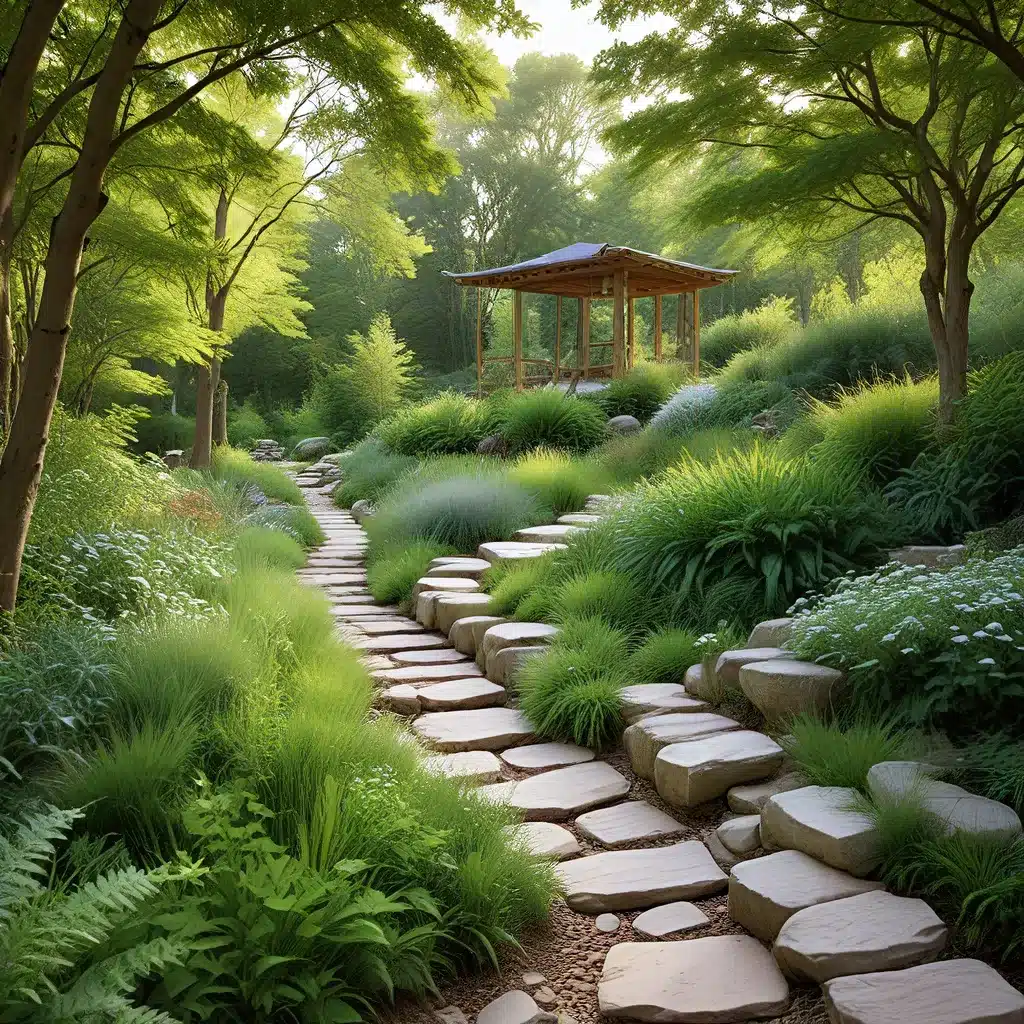
Unlocking the Power of Haven Landscape Design
In our fast-paced, ever-evolving world, the need for tranquil retreats has become increasingly paramount. As urbanization continues to shape our environments, the desire for spaces that offer respite from the stresses of daily life has grown exponentially. This is where the art of haven landscape design comes into play, transforming common outdoor areas into serene sanctuaries that soothe the body, mind, and spirit.
Haven landscape design is an intentional approach to crafting outdoor environments that evoke a profound sense of calm, relaxation, and connection with nature. It goes beyond the conventional notions of gardening and landscaping, delving into the psychological and emotional aspects of design to create spaces that truly serve as havens for individuals and families.
Embracing Sustainable Design Principles
At the heart of haven landscape design lies a deep commitment to sustainability. By seamlessly integrating natural elements into the outdoor space, designers strive to mimic the soothing qualities of the natural world within the confines of one’s own backyard or urban oasis.
The choice of plants plays a crucial role in this endeavor. Opting for native plants not only ensures they thrive in the local climate but also contributes to the overall ecological balance of the space. Additionally, selecting plants with soothing scents, soft textures, and a variety of colors can enhance the sensory experience of the haven.
The use of sustainable materials further reinforces the eco-friendly ethos of haven landscape design. From smooth stones and velvety grass to rough bark and flowing water, the diverse textures employed add depth and interest to the design while minimizing the environmental impact.
Crafting a Harmonious Color Palette
Fundamental to the creation of serene sanctuaries is the deliberate use of a harmonious color palette. Haven landscapes often feature calming hues found in nature, such as soft greens, blues, and earth tones, which work together to promote a sense of visual cohesion and relaxation.
This harmonious approach extends beyond the choice of colors, as designers also strategically incorporate a variety of textures into the landscape. The juxtaposition of smooth, velvety, and rough surfaces adds depth and complexity to the design, engaging the senses and fostering a deeper connection with the natural world.
Prioritizing Privacy and Seclusion
One of the hallmarks of haven landscape design is the deliberate creation of intimate and secluded areas within the overall outdoor space. Whether it’s a tucked-away reading nook, a hidden garden corner, or a quiet meditation spot, these carefully curated spaces offer a true refuge from the demands of daily life.
By fostering a sense of privacy and seclusion, haven landscapes encourage individuals to linger, immerse themselves in the natural beauty, and truly unwind. The strategic placement of outdoor furniture, such as lounge chairs, hammocks, and cozy seating arrangements, further enhances the inviting and relaxing atmosphere of these haven-like retreats.
Unlocking the Restorative Benefits
The intentional design of haven landscapes has been proven to offer a multitude of restorative benefits, both physical and mental. These serene sanctuaries have a remarkable ability to reduce stress and promote overall well-being, making them invaluable havens in our fast-paced, modern world.
By encouraging outdoor activities, such as gentle strolls, yoga, or gardening, haven landscapes provide opportunities for physical exercise and a deeper connection with nature. This, in turn, can positively impact an individual’s creativity, productivity, and overall sense of focus and inspiration.
Moreover, haven landscapes are not limited to solitary experiences. These outdoor havens can also serve as inviting spaces for social interaction, fostering meaningful connections and creating lasting memories. Whether it’s a family gathering, a book club meeting, or a simple picnic, these serene sanctuaries have the power to bring people together and nourish the soul.
Exploring Design Styles and Inspirations
The principles of haven landscape design can be applied across a diverse range of design styles, each offering its unique interpretation of the serene sanctuary.
The Japanese Zen Garden, for example, emphasizes simplicity, balance, and tranquility. Meticulously raked gravel or sand, carefully placed stones, and minimalist plantings create a space that encourages meditation and reflection.
Inspired by the landscapes of Southern Europe, a Mediterranean Oasis incorporates elements like terracotta tiles, aromatic herbs, and vibrant flowers. The combination of warm colors and fragrant scents transports individuals to a peaceful coastal haven, evoking a sense of timeless serenity.
For those drawn to the natural beauty of wooded areas, a Woodland Retreat seamlessly integrates native trees, ferns, and moss-covered rocks. The filtered sunlight, rustling leaves, and natural pathways create a haven that feels removed from the outside world, offering a true respite for the senses.
Even in urban settings, haven landscape design can thrive, with rooftop gardens, green walls, and carefully curated plantings transforming city spaces into lush retreats. These oases provide residents with a peaceful escape from the concrete jungle, bridging the gap between nature and the built environment.
Cultivating Havens for the Soul
As the world continues to evolve, the importance of haven landscape design only grows. These outdoor sanctuaries serve as a testament to the transformative power of intentional design, offering individuals a much-needed respite and a connection to the soothing rhythms of the natural world.
Whether in a suburban backyard or a bustling urban rooftop, the principles of haven landscape design inspire us to create environments that nurture our well-being and provide a haven for the soul. By embracing sustainable practices, curating harmonious color palettes, and prioritizing privacy and seclusion, we can craft serene sanctuaries that truly allow us to thrive in the face of life’s ever-changing demands.

